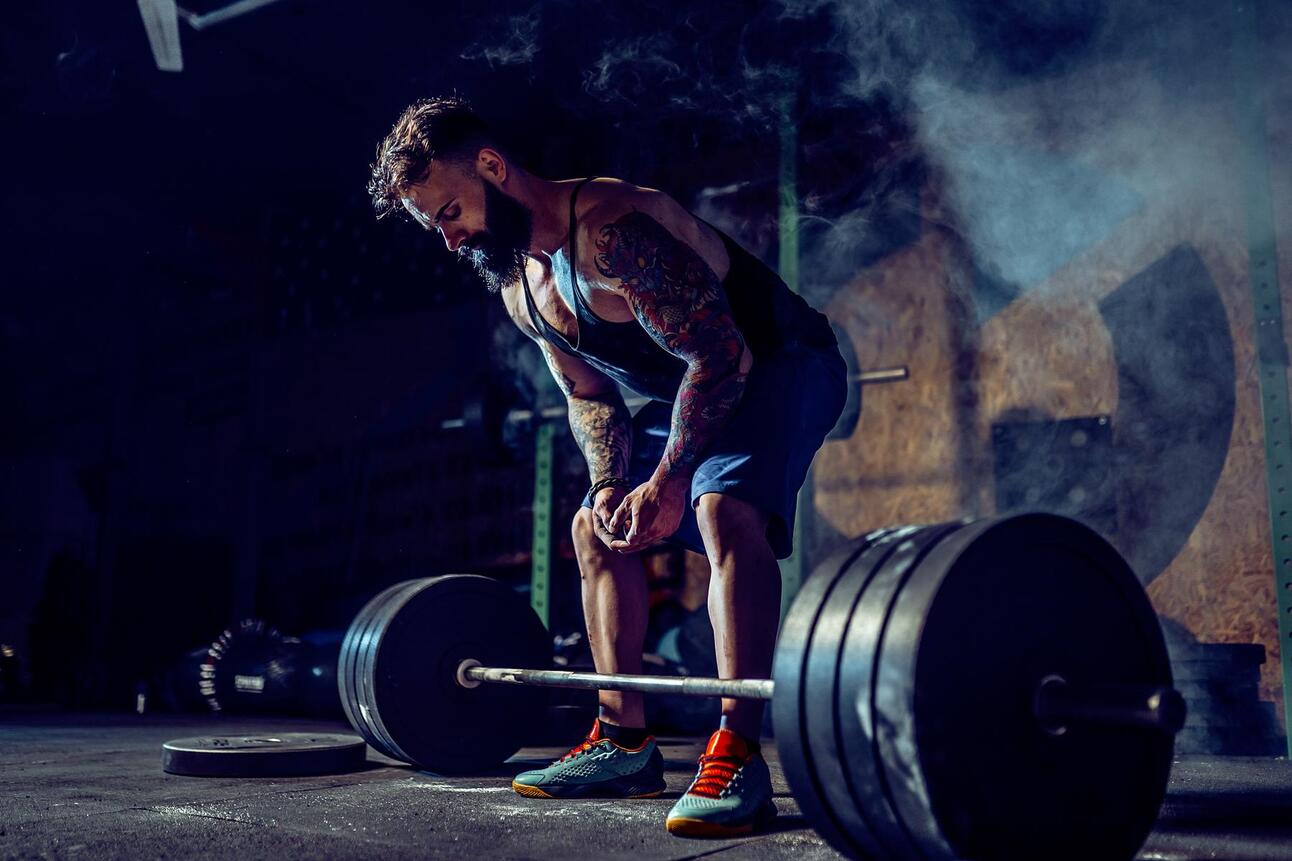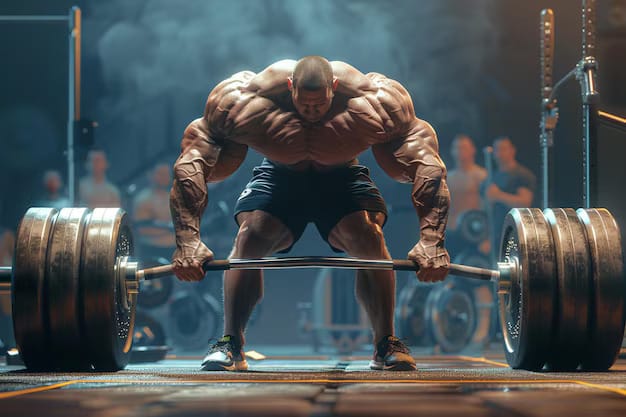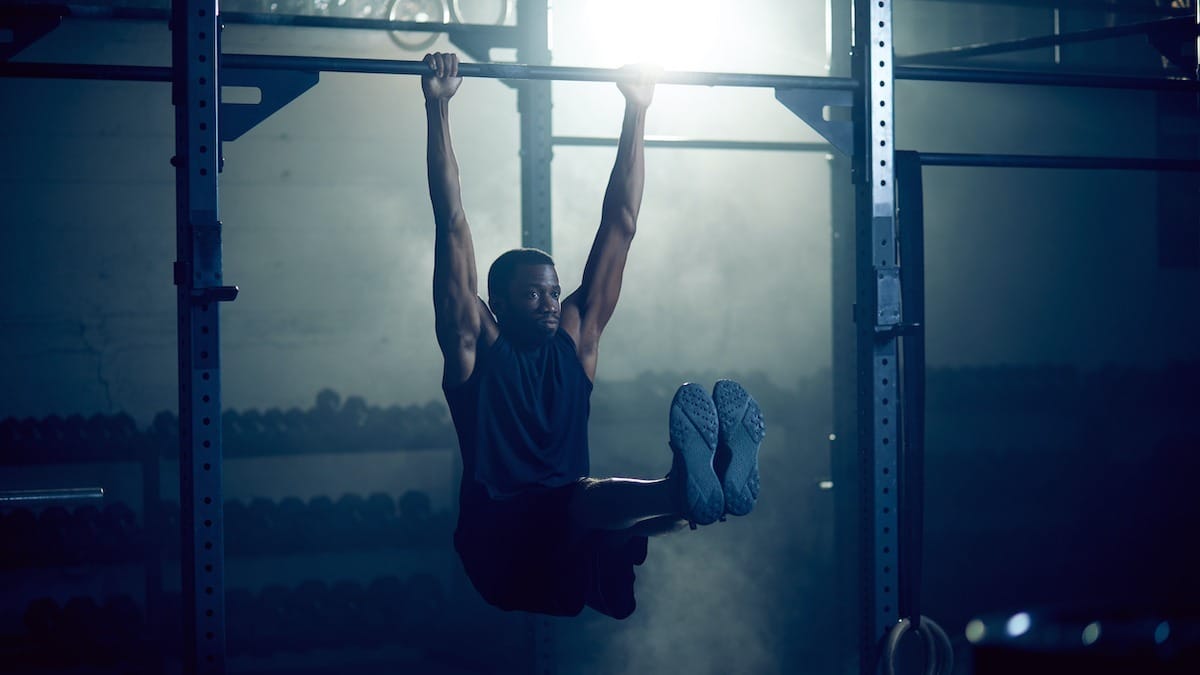- Deltoros Insider
- Posts
- Why Core Strength Makes You Stronger
Why Core Strength Makes You Stronger
3 Min Read
When it comes to getting stronger and improving your overall lifting performance, your core plays a much bigger role than you might think. A strong core isn’t just about having six-pack abs; it’s about stabilizing your entire body and boosting the effectiveness of your compound lifts like squats, deadlifts, and overhead presses.

In this newsletter, we’ll dive into why core strength is essential for lifting and share some of the best core exercises to improve your performance in the gym.
Why Core Strength Is Key for Compound Lifts
Your core muscles—think abs, obliques, and lower back—are the stabilizers for almost every movement you perform, especially in compound lifts. Compound exercises like squats, deadlifts, and bench presses rely on multiple muscle groups working together, and your core plays a central role in keeping your body balanced, aligned, and strong during these movements.
"Your core is the foundation of every lift—strong core, strong body." —
1. Core Strength Supports Stability
In compound lifts, stability is everything. A strong core keeps your body steady and stable, preventing unwanted movements or swaying during exercises like squats or overhead presses. Without core stability, you’re more likely to lose balance, which can lead to poor form and even injury.
Key Takeaway: A strong core gives you the stability needed to maintain proper form during heavy lifts, reducing the risk of injury.
2. Core Strength Transfers Power
Your core connects your upper and lower body. This means that any force you generate during a lift—whether it's from your legs in a deadlift or your chest in a bench press—must transfer through your core. A weak core acts as a bottleneck, limiting the amount of power you can generate, while a strong core allows you to lift heavier and more efficiently.
Key Takeaway: Core strength helps transfer power from your lower to upper body, maximizing your lifting potential.
3. Prevents Lower Back Injuries
A strong core protects your lower back by providing support to your spine. Many lifters suffer from lower back pain because of poor core engagement during heavy lifts. By strengthening your core, you reduce strain on your lower back and improve posture, which is crucial for lifts like deadlifts and squats.
Key Takeaway: Core strength protects your lower back and helps prevent injuries during heavy lifting.

Best Core Exercises to Improve Lifting Performance
Building a strong core doesn’t require fancy equipment or endless ab workouts. Instead, focus on exercises that engage your core while improving overall stability and strength. Here are some of the most effective core exercises to help you lift heavier and with better form:
1. Planks
Planks are a simple yet powerful exercise that targets your entire core, including your abs, obliques, and lower back. They help build endurance and stability, both of which are essential for maintaining good form during compound lifts.
How to Do It:
Hold a plank position with your forearms on the ground and your body in a straight line.
Engage your core and hold for 30-60 seconds.
Repeat for 3 sets.
2. Dead Bugs
The dead bug is a great exercise for teaching core stability and coordination. It strengthens the deep core muscles that stabilize your spine during heavy lifts.
How to Do It:
Lie on your back with your arms extended toward the ceiling and knees bent at 90 degrees.
Slowly lower one arm and the opposite leg toward the ground while keeping your core tight.
Return to the starting position and repeat on the other side.
Do 10-12 reps on each side for 3 sets.
3. Russian Twists
Russian twists are an excellent exercise for working your obliques, which play a crucial role in rotational strength and stability during exercises like squats and deadlifts.
How to Do It:
Sit on the ground with your knees bent and feet slightly lifted off the floor.
Hold a weight or medicine ball with both hands and twist your torso to the left, then to the right.
Perform 15-20 reps per side for 3 sets.
4. Hanging Leg Raises
This exercise targets the lower abs while also improving grip strength, which is essential for deadlifts and other pulling movements. It’s one of the most effective ways to build a strong and functional core.
How to Do It:
Hang from a pull-up bar with your arms fully extended.
Keeping your legs straight, raise them until they’re parallel to the ground.
Lower them back down slowly and repeat for 10-12 reps for 3 sets.

5. Ab Wheel Rollouts
Ab wheel rollouts are a highly effective exercise for building core strength and stability. They target the entire core while also working the shoulders and lower back, making them perfect for improving strength during compound lifts.
How to Do It:
Kneel on the ground with an ab wheel in front of you.
Slowly roll the wheel forward, keeping your core tight and back straight.
Roll back to the starting position and repeat for 8-10 reps for 3 sets.
How to Incorporate Core Work into Your Routine
To see the benefits of core strength in your compound lifts, it’s essential to train your core consistently. Here’s how to effectively incorporate core exercises into your workout routine:
1. Add Core Exercises to Your Warm-Up
Start your workout by activating your core with a few simple exercises like planks or dead bugs. This not only warms up your muscles but also prepares your core to stay engaged during compound lifts.
Pro Tip: Do 2-3 sets of a core exercise before your main lifts to engage your core muscles.
2. Include Core Training in Your Off Days
If your main workouts are focused on lifting, dedicate a few minutes on your off days to target your core. This keeps your core strong without overtraining.
3. Use Core Exercises as Finishers
At the end of your workout, throw in a core finisher like hanging leg raises or Russian twists to exhaust your abs and ensure you’re building strength across the board.
Watch: Why Core Strength Matters for Compound Lifts
Want to learn more about how core strength affects your compound lifts? Watch this video for expert advice on strengthening your core and improving your lifting performance.
Frequently Asked Questions (FAQs)
1. Why is core strength important for lifting?
Your core stabilizes your body during heavy lifts, helps transfer power from your lower to upper body, and protects your spine, reducing the risk of injury.
2. Can a weak core cause lower back pain?
Yes. A weak core puts extra strain on your lower back during lifts, which can lead to pain and injury.
3. How often should I train my core?
Incorporate core exercises 2-3 times per week, either in your warm-up, as a finisher, or on your rest days.
4. Do I need equipment to strengthen my core?
No! Bodyweight exercises like planks, dead bugs, and Russian twists are highly effective for building core strength.
5. Can core exercises improve my squat and deadlift?
Absolutely. A stronger core provides better stability and balance during compound lifts, helping you lift heavier with proper form.
Conclusion
Core strength is essential for improving your lifting performance, protecting your lower back, and maximizing your gains. By incorporating core exercises like planks, leg raises, and ab rollouts into your routine, you can build a rock-solid foundation that supports every lift. Remember, a stronger core means stronger lifts—so start strengthening your core today for better results!